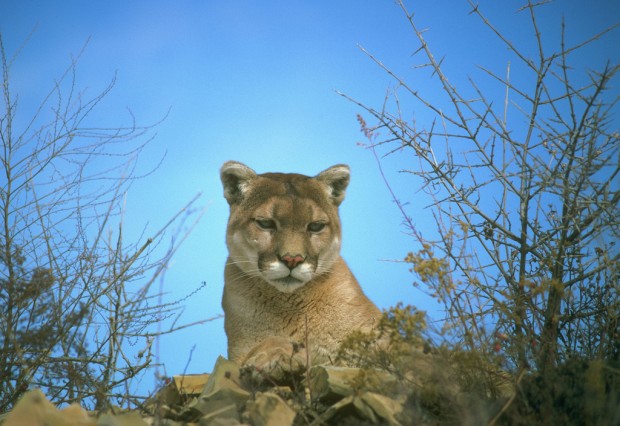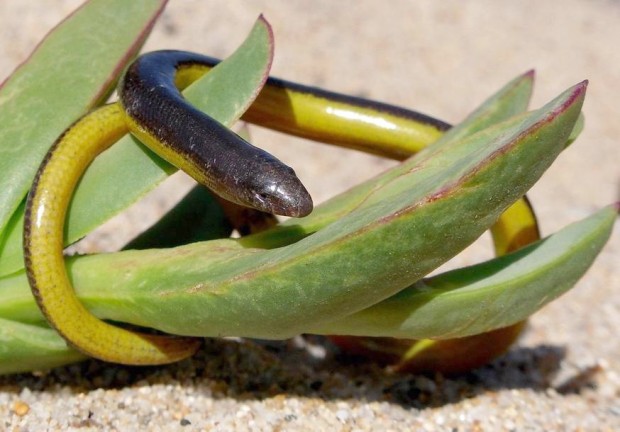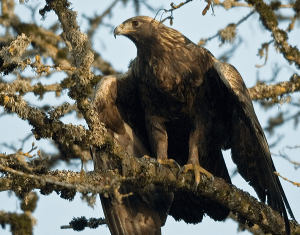We have much more to do and your continued support is needed now more than ever.
A Monumental Announcement for Fort Ord Wildlife
President Obama recently named Fort Ord America’s newest National Monument–an area encompassing nearly 15,000 acres of prime wildlife habitat in Monterey County, California. A National Monument is a protected area that has significant natural, cultural, and scientific value and is an integral part of our country’s heritage. Places that have been protected as National Monuments include the Grand Canyon, Muir Woods, and Acadia National Park.
The public lands of Fort Ord, a former military base, support a unique array of species that thrive in the area’s maritime chaparral ecosystem. Check out some wildlife found at the newly established Fort Ord National Monument:
Bobcat
A trip to Fort Ord means you’re likely to sight a bobcat. These big cats prowl the area in search of prey–which could range from rabbits to birds to rodents. Fun fact: bobcats get their name from their stubby tail (to “bob” means to cut something short).


Smith’s Blue Butterfly
Fort Ord has been identified as an important habitat for the endangered Smith’s blue butterfly. In fact, land at Fort Ord was initially set aside as a nature reserve–the first in the United States created to preserve an insect! The butterfly requires coastal dune habitat that supports seacliff or coastal buckwheat, which is used as a nectar source and host plant for larvae. Unfortunately, freeway building and urbanization have destroyed much of this habitat, contributing to an endangered species listing for Smith’s blue butterfly in 1976. Recovery efforts have been underway–and hopefully the protection of Fort Ord will mean this endangered butterfly has a chance.
Mountain Lion
Another big cat that roams on the expansive lands of Fort Ord National Monument are mountain lions. Mountain lions require large areas of open space because they travel over great areas or “home ranges” on the lookout for mates or prey. Loss of habitat due to development has increased the need for wildlife corridors and open space like Fort Ord, allowing big cats like the mountain lion ample room to survive.

California Legless Lizard
Fort Ord supports one of the larger expanses of black legless lizard habitat in the species’ California range. On first glance you might mistake a legless lizard for a snake–however, on second look you’ll realize some distinct features of the legless lizard. First, legless lizards have eyelids whereas snakes do not, and second, legless lizards are able to detach their tail when needed to trick predators.


Golden Eagle
Golden eagles are adapted to live in a wide range of climates, but do rely on open areas like Fort Ord National Monument to hunt for prey. These eagles are found eating rabbits and rodents, but sometimes they will hunt larger game such as young deer. These birds are one of the largest raptors in the United States, second only to the California Condor and the bald eagle.





















